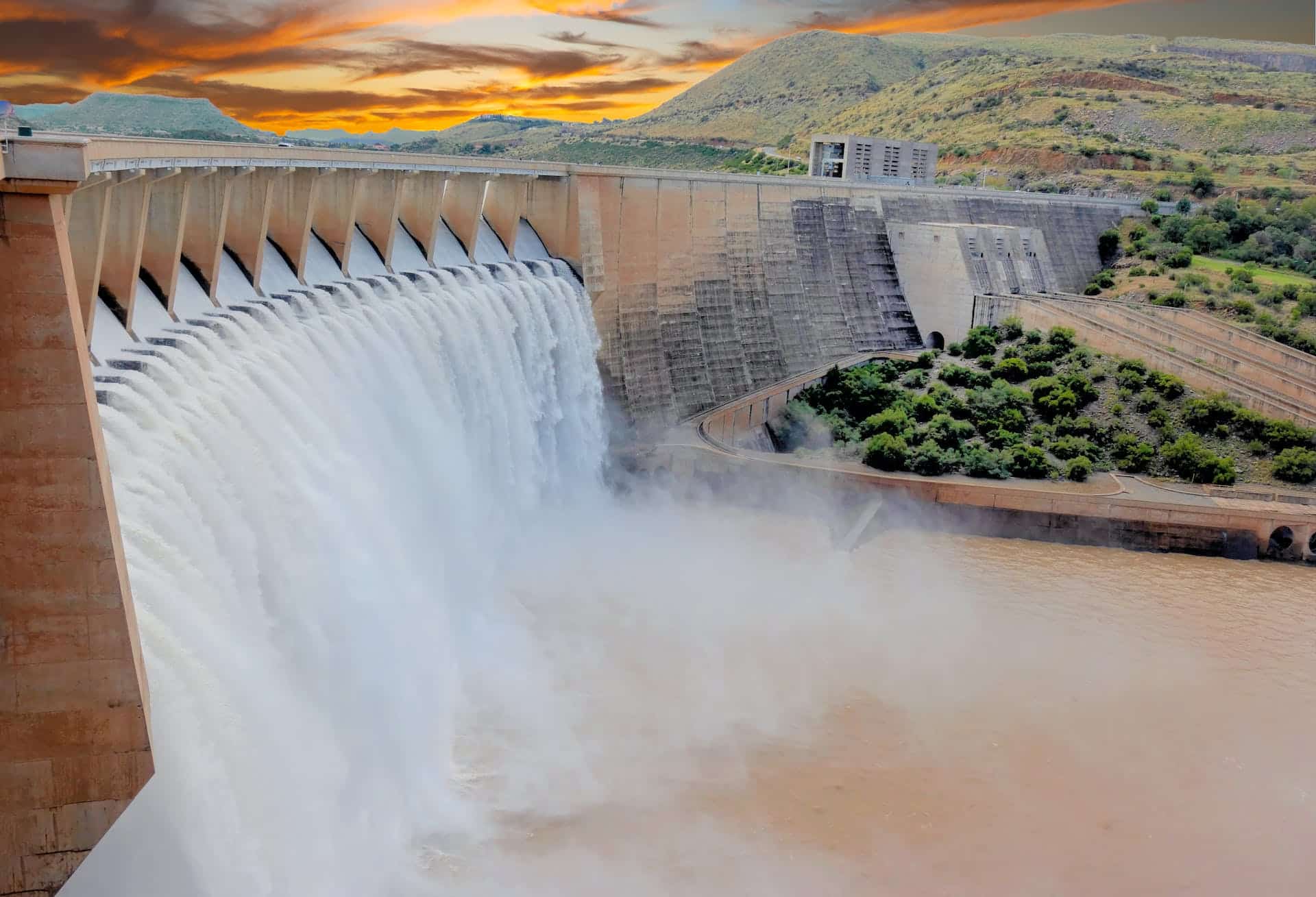How can technology address water scarcity challenges?

Water scarcity is a pressing issue in today’s global society. As the world’s population continues to grow, so too does the demand for clean, drinkable water. However, changing climate conditions and overuse are stretching our planet’s water resources to their limits. The problem is further exacerbated by unequal access to water, with many communities around the world struggling to secure a reliable supply of clean water. In this context, technology offers a beacon of hope. By leveraging advancements in water management technologies, we can build sustainable solutions to tackle the global water scarcity crisis.
The Role of Smart Technologies in Water Management
The concept of smart technologies is revolutionizing the way we manage water resources. These technologies are designed to collect, analyze, and respond to data in real time, enabling us to use water more efficiently and effectively.
Cela peut vous intéresser : How are AI-powered drones used in wildlife monitoring?
Smart technologies include a variety of systems and devices. For example, smart meters measure water use in real time, enabling users and water companies to track consumption and identify areas where conservation efforts can be targeted. Automated irrigation systems can detect when plants need water, reducing waste and ensuring crops get the water they need without overuse.
The advent of the Internet of Things (IoT) has boosted the potential of smart technologies. By integrating sensors and communication technology into water infrastructure, we can monitor and manage water resources remotely. This not only improves efficiency but also helps to identify and address problems before they escalate.
Sujet a lire : What is the impact of AI on the job market?
Harnessing Data for Water Management
With the rise of data technologies, there is an unprecedented opportunity to revolutionize water management. Data technologies offer a powerful tool to monitor, analyze and predict water usage patterns, providing valuable insights that can inform decision-making and policy development.
Water management systems that leverage data can provide real-time information about water quality, flow rates, and usage patterns. This data can be used to detect leaks, predict demand, and optimize distribution, helping to reduce waste and improve efficiency. Moreover, predictive models can help us understand the potential impacts of climate change on water resources, enabling us to develop strategies to safeguard our water supplies for the future.
Earth observation technologies, such as satellite imagery and remote sensing, are also proving invaluable in water management. They provide data on precipitation, soil moisture, and evapotranspiration, which can be used to assess water availability and plan resource allocation.
Transforming Seawater into Drinking Water through Desalination
Desalination is a technology that offers a potential solution to water scarcity by transforming seawater into fresh, drinkable water. While the concept of desalination is not new, advancements in technology have made it a more viable and sustainable option.
Modern desalination technologies, such as reverse osmosis, use less energy and are more efficient than traditional methods. They remove the salt and other impurities from seawater, producing clean water that is safe to drink.
Furthermore, technological advancements are also driving the development of energy-efficient desalination systems. For instance, solar-powered desalination plants use the abundant energy from the sun to power the desalination process, making them a sustainable solution in regions with plentiful sunshine.
Promoting Sustainability through Water-Energy Nexus
The water-energy nexus is a concept that recognizes the interdependence between water and energy. Water is needed to produce energy, and energy is needed to provide clean, accessible water. By considering these two resources together, we can develop more sustainable solutions to water scarcity.
Technology plays a crucial role in the water-energy nexus. For example, wastewater treatment technologies can recover energy from waste, reducing the energy footprint of water treatment processes. On the other hand, hydroelectric power technologies generate electricity from flowing water, providing a renewable source of energy while also helping to manage water resources.
Technology also enables the development of integrated water-energy systems. These systems can optimize the use of water and energy, reduce waste, and enhance resilience to climate change.
Conclusion
AI and Machine Learning in Predicting Water Demand
Artificial Intelligence (AI) and Machine Learning (ML) are the next frontier in managing water resources and addressing water scarcity challenges. These technologies can decipher patterns and trends from vast amounts of data, enabling accurate predictions and efficient resource allocation.
AI and ML are used to develop intricate algorithms that can predict water demand based on factors such as population growth, climate change, and changing consumption patterns. By analyzing various datasets, AI models can accurately predict future water needs, helping to manage the water supply effectively and ensure a steady supply of clean water.
AI technologies also enhance water sanitation efforts by predicting possible contamination sources. Through pattern recognition, AI can identify potential hazards, enabling preventive measures and ensuring access to safe drinking water for all.
Machine learning, a subset of AI, is particularly vital in the global water crisis context. It can learn and adapt to changing conditions, continuously improving prediction accuracy and efficiency. This capability is crucial in a world where climate change is altering rainfall patterns and water availability.
Moreover, AI and ML can help the United Nations and other decision-making bodies develop effective strategies to manage water resources and solve water scarcity issues. By providing accurate and predictive insights, these technologies can inform policy development and implementation, potentially impacting the lives of billions of people worldwide.
Using Technology to Empower Communities in Water Management
Empowering local communities in water management is a crucial step towards addressing water scarcity on a broader scale. Technology can be a game-changer in this context, providing communities with the tools they need to manage their water resources efficiently and sustainably.
In many regions, mobile technologies are making it easier for people to access clean water and sanitation services. Mobile apps can provide real-time updates on water quality, availability, and service disruptions, helping communities plan their water usage more effectively.
Communities are also harnessing the power of solar technology to access clean drinking water. Solar-powered water pumps and purification systems provide a sustainable way to access clean, safe water, particularly in remote areas without grid electricity.
Moreover, technologies like rainwater harvesting systems and greywater recycling systems can help communities make the most of their water resources. These systems are becoming increasingly affordable and accessible, thanks to technological advancements.
In conclusion, while the water crisis is a daunting global challenge, technology presents an arsenal of solutions. From smart water management to AI predictions, desalination to the water-energy nexus, we have a multitude of tools to combat water scarcity. By harnessing these technologies, policy-makers, communities, and individuals can contribute towards a sustainable future where everyone has access to safe, clean water. The key lies in the effective implementation of these technologies and the willingness of all stakeholders to embrace innovation in the pursuit of a world without water scarcity.
